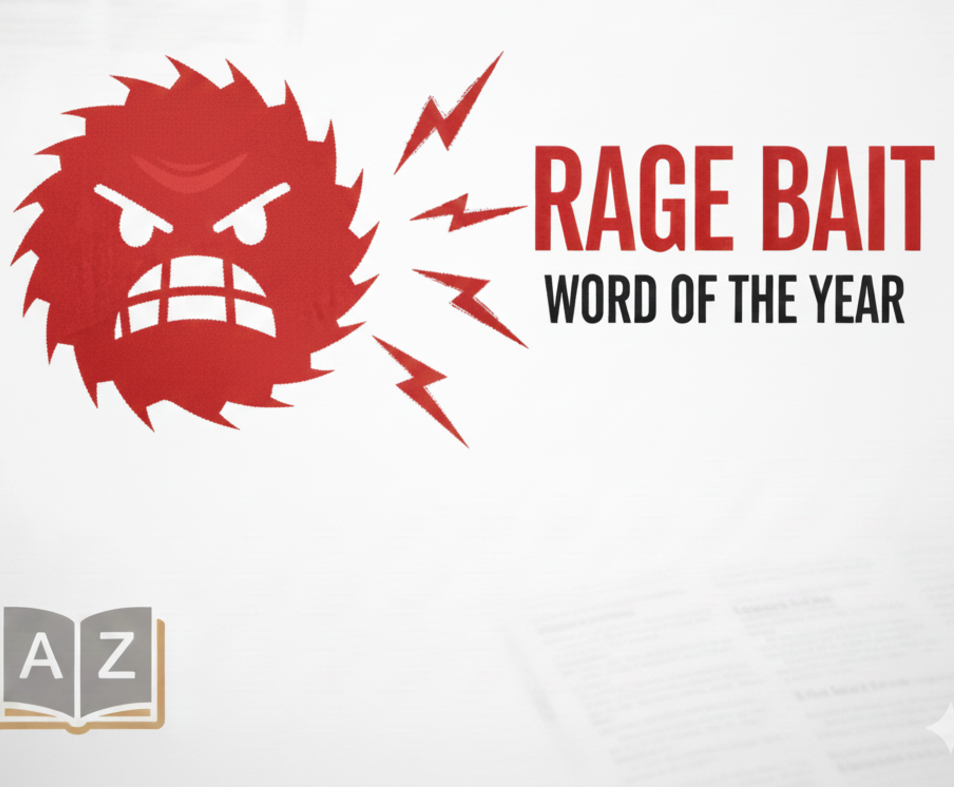by AMIT ROY
DURGA PUJA in Hounslow, west London, ended this year with Bengali women dressed in red saris engaging in a ritual called Sindur Khela – literally, vermilion game.
Its origins go back hundreds of years, but on the last day of Durga Puja, married women smear the forehead and feet of the deity and then each other with the bright scarlet vermilion powder.
Vermilion in the parting of a woman’s hair is a symbol of her being married.
The vermilion game is meant to offer added protection to the women, their husbands and their children. Today, there is a campaign to allow all women to join in on the grounds that young girls should not grow up with the belief that their lives are somehow incomplete until they are married.
Compared with Gujaratis and Punjabis, the Bengali community in the UK is relatively small. Durga Puja allows members of the Bengali community to nurture their culture and also pass it on to their children.
According to Hindus, Durga Puja celebrates the return of the Mother Goddess Durga for a few days to her paternal home. She has emerged victorious in battle against the buffalo demon Mahishasura, who is known for his devious shape-shifting abilities.
Hers is ultimately the triumph of good over evil. Durga does not visit her “father’s house” on her own but is accompanied by her children – Lakshmi (the Goddess of wealth and prosperity), Saraswati (the Goddess of knowledge and music), Ganesha (the God of
good beginnings), and Kartikeya (the God of war).
The idols of all the deities are represented on the dais where the purohit (priest) leads the
prayers. As he recites the prayers in Sanskrit, Bengalis join in by offering flowers to the Gods in a practice known as Pushpanjali.
But Durga Puja, when people dress up in new clothes and catch up with friends, is also a
social occasion.
In Hounslow, the Durga Puja is run by about 50 families who belong to a group known as Prabashi – Bengalis who live outside Bengal. Hounslow is certainly becoming one of the more popular Pujas in London.
The Ashiana Banqueting Hall in Bell Road was soon heaving with people queuing for dinner.
Committee member Shankar Chaudhury issued a plaintive appeal: “We would request you to go outside if possible so we can control the crowd a little better.”
In Slough in Berkshire, the Durga Puja was held in the grounds of the local cricket club.
The ceremony is organised by a group called Adda, a Bengali word denoting hours of sitting
around with school or college chums and doing nothing but gossiping. It is an art Bengalis appear to have perfected.
Inside a large tent pitched be-yond the boundary, the Adda committee had sought to recreate the spirit of Maddox Square in Kolkata, an open space in the city where during the days of Durga Puja friends gather for adda.
Durga Puja allows Bengalis to invite non-Bengalis, including their white British friends, to the festivities.
“We are an open society,” emphasised Prasenjit Bhattacharjee, an Adda committee member.
The priest was reciting prayers, standing in front of a mock-up of Howrah Bridge in Kolkata.
There as an “Adda Zone” where Mitul Chakrabarti had produced an evocative collage of photographs from Kolkata. Shinjini Thakur had put up paintings depicting the deities
done in style of Kalamkari art from Andhra Pradesh.
“I have tried very hard to bring art from different parts of India,” she said.
Mishti – sweets – is an important part of Bengali culture. Standing in front of a spread of sandesh, kalajam, rosogolla and other sweets, Mita Tewari said proudly: “I made them all at home using pure nolen gur (date palm jaggery).”
Paroma Banerji, a known singer and television anchor back in Kolkata, had flown in to give a performance. As a sideline, she was also selling hand block printed Bishnupur silk saris.
There are Durga Pujas scattered across the UK. “Total number is 61 but I might have missed a few,” said Sumit Konar, a postdoctoral chemistry researcher at Edinburgh University who produces a digital map of the Pujas taking place across the UK.
He added that year on year, Durga Puja “is getting bigger and bigger. My friends who went back to Kolkata from Edinburgh are missing the Edinburgh Durga Puja heavily. All cities and towns in the UK are forming a mini-Kolkata during Durga Puja days.”





 Rage bait isn’t just clickbait — it’s Oxford University Press’ word of the year for 2025 iStock/Gemini AI
Rage bait isn’t just clickbait — it’s Oxford University Press’ word of the year for 2025 iStock/Gemini AI 
 Online Trends iStock
Online Trends iStock Rage bait isn\u2019t just clickbait \u2014 it\u2019s Oxford University Press\u2019 word of the year for 2025 iStock/Gemini AI
Rage bait isn\u2019t just clickbait \u2014 it\u2019s Oxford University Press\u2019 word of the year for 2025 iStock/Gemini AI 






